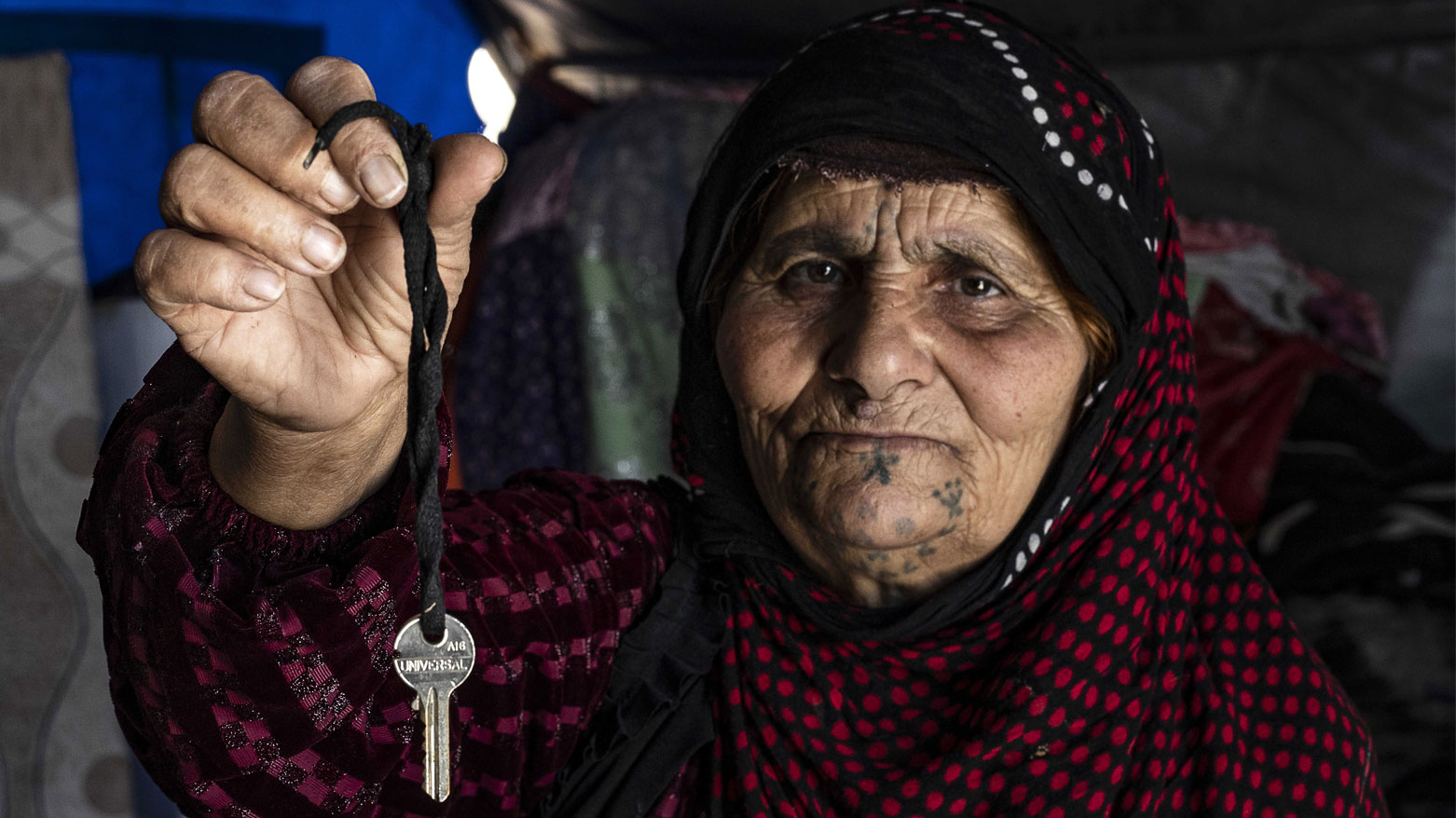Arab Settlers in Sare Kaniye and Gire Spi Trapped Amid Military Restrictions
"Turkish backed forces must leave, the roads must be reopened, and safe return must be guaranteed for all displaced residents.” said M.K resident in Sare Kaniye

ERBIL (Kurdistan24) – Displaced Arab settlers in Ras al-Ain (Sare Kaniye) and Tal Abyad (Gire Spi) are facing mounting hardships, as they are reportedly prevented from leaving the area or returning to their original homes.
The restrictions, imposed by Turkish backed factions of the Syrian National Army (SNA), have led to growing frustration among residents, who are calling for a resolution to their plight, according to Syrian Observatory for Human Rights (SOHR).
The "Peace Spring (Nabaa al-Salam)" region, controlled by Turkish-backed forces, has been grappling with security instability and deteriorating basic services, including healthcare and education.
Growing Frustration Among Residents
A displaced Arab resident from Eastern Ghouta, identified as A.A., who has been living in Sare Kaniye since Turkey’s 2019 military operation, described his experience to SOHR:
“My son is a fighter in one of the military factions. He attempted to leave Sare Kaniye to check on our home in Ghouta, but they arrested him, accusing him of cooperating with the Syrian Democratic Forces (SDF). We urge the relevant authorities to intervene and secure his release, as well as allow us to return to our homes.”
Another Arab resident, M.K., spoke of the deteriorating situation:
“Since the fall of Assad’s rule here, Sare Kaniye has become a ghost town. Fear dominates daily life, there is no stability, no universities, and no normal existence.
Turkish backed forces must leave, the roads must be reopened, and safe return must be guaranteed for all displaced residents.”
Protests Calling for Safe Return
In response to these hardships, displaced residents in Sare Kaniye and Gire Spi have staged repeated protests, demanding the withdrawal of Turkish forces and affiliated factions, as well as guarantees for their safe return under international oversight. However, their calls have yet to yield concrete results.
Historical Parallels and Demographic Concerns
The current situation has drawn comparisons to historical policies that altered the demographic composition of the Kurdish regions in Syria.
In the past, similar demographic shifts occurred, most notably with the implementation of the "Arab Belt" project in 1974, which aimed to redistribute land ownership in the resource-rich border areas of northeastern Syria.
That project, which was initiated by Syria’s ruling Ba’ath Party, involved the resettlement of Arab tribes from Raqqa and Aleppo into Kurdish-majority areas.
Kurdish landowners were displaced, and settlements were established to reinforce demographic changes in the region. Today, some observers see parallels in the ongoing situation in Sare Kaniye and Gire Spi, raising concerns about long-term demographic implications.
As tensions persist, calls for a diplomatic resolution to the crisis remain strong. The need for a sustainable political solution that ensures stability, security, and the voluntary return of displaced populations remains a critical challenge for all parties involved.
